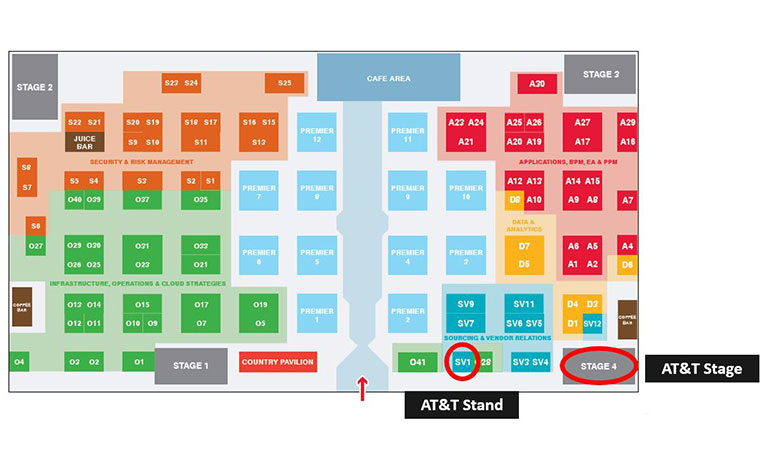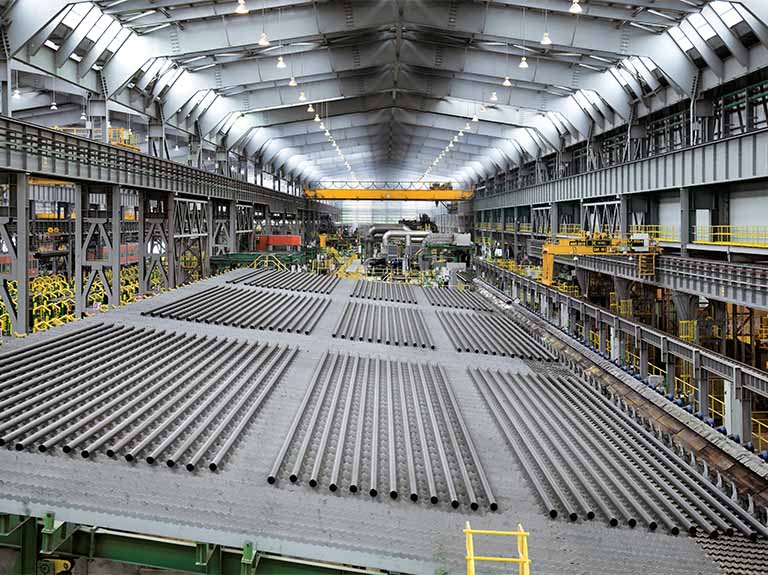AT&T Australia and New Zealand Updates


What is Gartner Symposium ITXpo?
Gartner Symposium ITXpo, running from Oct. 29 – Nov. 1 at Gold Coast, Australia and is one of the world’s most important gatherings of CIOs and senior IT execs. This year, AT&T is proud to be an ongoing sponsor at the event.
With over 1,600 CIOs and senior IT execs from various industries expected to attend, AT&T will be showcasing our latest innovations around Software Defined Networking, IoT, Cybersecurity and lots more.
Key Dates:
Oct 30 @ 1pm, Stage 4 (Main Expo floor)
Join us for our presentation on Fact or Fiction: Demystifying SD-WAN
Presenter: Jason Yu, Director of Strategy & Innovation
Oct 30 @ 5pm – 7pm
AT&T Networking Evening
Join us at our stand as we transform into the AT&T Putt Hutt where you can have your chance to win our major golf prize giveaways on the evening.
Where Can You Find AT&T:
Come meet the AT&T team during Gartner Symposium ITXpo at Stand SV1 on the mainfloor.

Contact Us
If you’re attending and want to find out more information, reach us at attanz@intl.att.com
Formula One: On your marks. Get set. Go!

Interview with Daniel Ricciardo, F1 Driver, Aston Martin Red Bull Racing Team
March 21, 2018
With the 2018 Formula One season about to open in Melbourne on March 22, 2018, AT&T is continuing to support the Aston Martin Red Bull Racing team as its Innovation Partner. We sat down with Daniel Ricciardo to talk about how F1 sport is changing and what his expectation for the race is.
AT&T: Tell us about your upbringing and how you got into F1 driving?
Daniel: I was brought up in a motor racing family. My dad loved racing and he raced a bit, so I was kind of surrounded by cars and I was at the racetrack as a kid watching him in mum’s arms. So I guess the noise, the smell, everything I was drawn to from a young age and I would just fascinated, like watching TV as well, all types of motor racing and then yeah… basically got into go-karting. Obviously I watched it on TV and my dad for so many years, I wanted to do it myself so once I got old enough I wanted to get a go-kart and I loved that and it kind of crazily evolved from there.
AT&T: Why is data so important and how has it changed F1 racing in recent years?
Daniel: Basically for a driver, I know it’s super powerful for engineers but from my point of view is where we learn, like it’s our homework. You know there’s visual, so that the onboard cameras which we see, we can see like what other drivers are doing as well, but the data is really where you can see the real finite intricacies. For us that’s where we can learn and for the engineers, they get live feed of the data so if there’s a problem with the car. So sometimes during the race I have had problems and they have been able to fix it by spotting it on the data and then telling me what setting to change to get us at the end, so it’s pretty powerful.
AT&T: What is your expectation for the upcoming Melbourne race?
Daniel: I want to start a good race this year. I just go out there and hopefully deliver. I feel if we do that then we’re going to have a good chance that being somewhere on the podium.
AT&T Opens e-Health Center of Excellence in Sydney

We’ve opened the AT&T Center of Excellence to offer more connected health options in the region
February 26, 2018
Connected health is vital to improving the healthcare industry and ensuring better outcomes for patients. We’ve opened the AT&T Center of Excellence to grow its presence in the Australia and New Zealand region.
The new center will help healthcare companies adopt technology trends like big data, mobility and the Internet of Things. It comes staffed with industry experts with a wealth of local and international health experience.
It will also work with the Houston, Texas-based AT&T Foundry for healthcare to transform the ecosystem with expert connectivity and software.
More than 50 guests attended the recent launch to learn more about how AT&T is serving healthcare companies in Australia and New Zealand on their digital journey.
“Connected health has the potential to changes lives. Our new facility underscores our commitment to advancing our abilities to meet the evolving needs of the healthcare sector and improving lives,” said Martin Creighan, managing director, AT&T Australia and New Zealand. “It’s gratifying to see so much support for the center and our ongoing work in this area.”
What the Board Expects From the CIO in 2018

By Martin Creighan, managing director, AT&T Australia and New Zealand
January 23, 2018
Corporate boards are waking up to a new reality. With tech innovators and early adopters leapfrogging ahead in a range of industries, technology is now at the top of the business agenda. What does your board expect in 2018 and what will it take to satisfy it?
Disrupters set the pace
Singapore’s Grab ride-hailing service and China’s Mobike and Ofo bike-sharing companies are transforming urban transport. But innovators are setting the pace of change everywhere. New and established companies alike are using technology to deliver services that make life easier and more fun. They’re transforming media and entertainment, retail, healthcare, telecoms, financial services, and more – faster than ever before.
It seems that no one is immune. And we expect this to continue in 2018 and beyond as the world reaches a critical mass of digital natives. We’re seeing an increasingly influential, tech-savvy population defaulting to digital.
CIOs under pressure
This is causing a fundamental shift. Regardless of the industry, many boards now believe their businesses are technology companies. And they have very high expectations of what IT can deliver.
CIOs are expected to digitize the business, create transformational tech solutions and disrupt the competition – all while keeping things running at the right cost and with the highest level of security.
This goes beyond IT. CIOs are now responsible for innovation and transformation. Unfortunately, they often lack the in-house skills and resources to deliver this increasingly tough mandate.
What can CIOs do?
- Foster a tech culture in the boardroom.
The Gartner 2018 CIO Agenda survey found that CIOs from the most digitally mature companies are more likely to sit on the executive committee and report to the CEO than CIOs at typical and trailing enterprises. This gives them a broader understanding of company issues and more influence. And they can gain greater insight into the board’s motivations and mindset.
Board members may want the CIO to explore how disruptive technologies, like artificial intelligence, natural language processing, the Internet of Things or blockchain, to help the business. It’s up to the CIO to share enough technical detail and clearly identify the business benefits of these investments to help drive the tech agenda at board level.
- Effectively manage IT resources.
IT departments have traditionally been responsible for managing operations, without the authority or resources to lead the way on evolving tech solutions. This can be a problem. So CIOs have prioritized technology and systems that deliver efficiencies and productivity. But prioritizing maintenance doesn’t set you apart. And it leaves fewer resources for new technology solutions to contribute to the company’s bottom line.
Network function virtualization services help CIOs free up resources around IT functions so they can focus on new technology solutions. The aim is to boost efficiency and flexibility. Managed services like these can help businesses optimize their supply chain and sales cycle to ride ever-changing global trends.
- Focus on your people.
With operational IT functions in the hands of an external source, the CIO can use resources to reskill internal IT staff. The outside provider can also support the team with new technologies to help them offer customers new digital services that help the business stay fresh and compete. Developing such services would not be possible if the IT team was running over capacity.
As the same time, making sure non-IT colleagues are ready for a transformed business is crucial. It’s no use changing the tech if you leave the people behind in the process.
Meeting the board’s expectations in 2018 means facing up to disruptive digital newcomers and serving the tech-savvy. Claiming a seat at the executive table, reducing their IT footprint and reskilling their people, CIOs can align with the board.
Those who can step up as a business and IT leader have the best chance of success.


